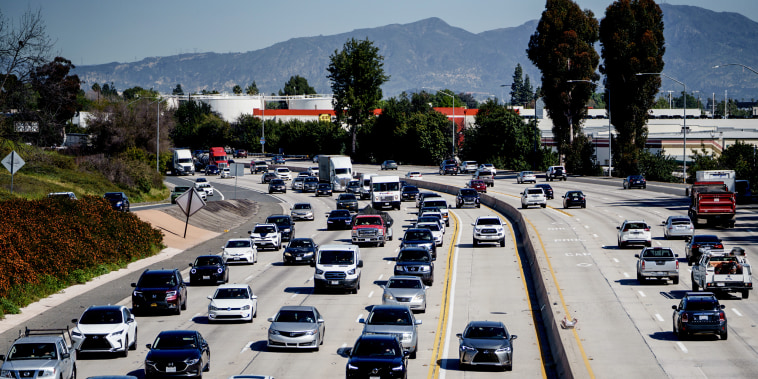Throughout history, the cost of auto insurance has played a significant role in the overall economy, impacting inflation rates and the affordability of owning a vehicle. The steady rise in auto insurance prices has become a growing concern for many drivers, as it not only affects their monthly budgets but also contributes to the larger economic landscape.
One of the key drivers behind the surge in auto insurance prices is the increasing number of claims being filed by policyholders. As car accidents and other incidents on the road continue to happen, insurance companies are faced with higher payouts, leading them to adjust their premiums to cover these costs. Additionally, the rising costs of repairs and medical expenses have also played a role in driving up insurance prices, as providers seek to ensure that they can meet the financial demands of these claims.
Furthermore, advancements in technology have had a dual impact on auto insurance prices. While features like anti-theft devices and safety technology have helped reduce the likelihood of accidents and thefts, thus potentially leading to lower premiums for some drivers, the increasing prevalence of expensive technology and sensors in modern vehicles has made repairs more costly. This, in turn, can result in higher insurance premiums to account for these increased repair costs.
Another factor contributing to the inflation of auto insurance prices is the competitive nature of the insurance industry itself. As more providers enter the market and vie for customers, they may offer enticing deals and discounts initially to attract new policyholders. However, as time goes on and claims start to accumulate, insurance companies may find it necessary to raise their prices to maintain profitability and financial stability.
Moreover, external economic factors such as inflation, interest rates, and the overall state of the economy can also impact auto insurance prices. In times of economic uncertainty or instability, insurance companies may adjust their prices to mitigate risks and ensure their financial viability in the long run.
To address these challenges and mitigate the impact of rising auto insurance prices on consumers, it is essential for both insurers and policymakers to work together to find sustainable solutions. This may involve initiatives to promote safer driving habits, invest in infrastructure to reduce accidents, and explore innovative ways to manage insurance claims more efficiently.
In conclusion, the escalation of auto insurance prices has become a prevalent issue that affects not only individual drivers but also the broader economy. By understanding the various factors that contribute to these price increases and working towards collaborative solutions, we can strive to create a more sustainable and affordable auto insurance landscape for all stakeholders involved.
